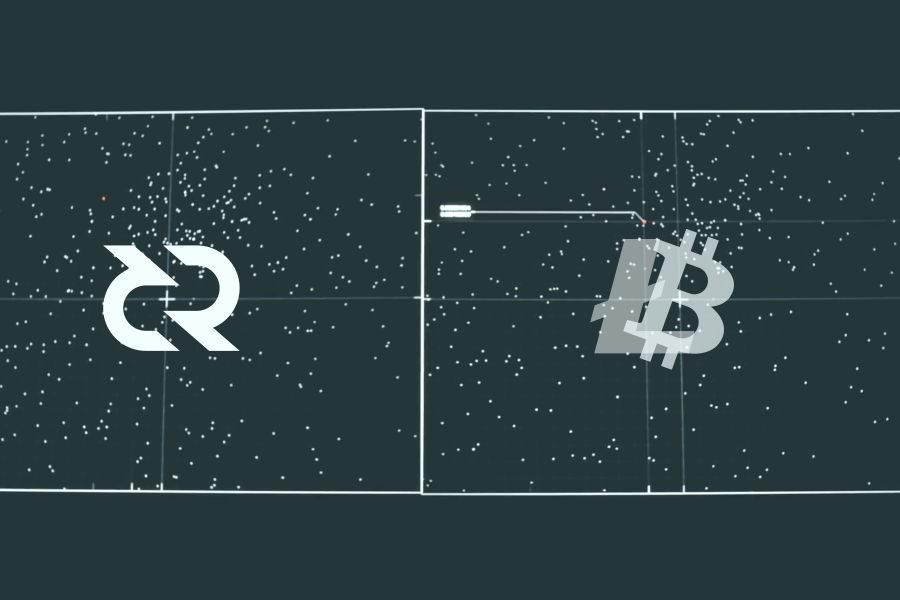The first reversal point depends on the entry direction, of course, and because diamonds are mostly top formations, the entry direction is generally from below. After that, the first trough will appear, then the next higher peak, and then the next lower trough. When trend lines have been drawn to connect these reversal points, we have a broadening formation.

We introduce people to the world of trading currencies, both fiat and crypto, through our non-drowsy educational content and tools. We’re also a community of traders that support each other on our daily trading journey. Learn how to trade forex in a fun and easy-to-understand format.
When buying or selling the bounce you are looking for the support or resistance level to hold and for price to make a reversal. The most commonly used pattern that is used by everyone from the big banks right down to the smallest retail trader is support and resistance. The head and shoulders pattern is formed with three https://1investing.in/ peaks and a neckline. The second peak is the head and the third peak is the right shoulder. Unauthorized use and/or duplication, copying, and scraping of the content of this website is strictly prohibited. Use of our RSS and/or XML feeds in RSS readers to copy and/or display our content on another website is prohibited.
Bearish Flags
Out of all the chart patterns that exist in a bullish market, the falling wedge is an important pattern for new traders. It is a very extreme bullish pattern for all instruments in any market in any trend. Depending on the educator and educational material you’ve read…

Then, seemingly without warning, the stock explodes out of the pattern. Bullish flags are small continuance patterns that correspond to short pauses within a previous existing uptrend. They look flat or trade with a minor downward tilt and typically take place in the middle of a substantial rally or the instant after a stock has broken out of a basing period. Achart patternis a visual formation or shape within a price chart that provides clues to what prices might do next. The head and shoulder price formation consists of three peaks, where the middle peak is the highest and the outside two peaks are close in height. A trendline, also called the “neckline,” can connect the two valleys formed on either side of the head.
Triangles can be the result of an upward-sloping lower bound or a downward-sloping upward bound. Thus, there are a number of possible combinations of the two lines. I will highly recommend you always use chart patterns in trading.
Entry is normally taken when price breaks higher or lower through the neckline. This is the same reason why the same patterns continue to form over and over again. Traders do the same things over and over again in the markets which creates the same patterns.
Double Bottoms
However, when a price trend continues in the same direction it is a continuation pattern. Technical analysts have long used chart patterns as classic chart patterns a method for forecasting price movements and trend reversals. You can use ourpattern recognition software to help inform your analysis.

This formation can be stretched high and wide and is sometimes difficult to recognize. The trend lines defining its boundaries are almost never exact and are loaded with false intrabar breakouts. A strict breakout strategy is required, therefore, as we discussed in Chapter 13. However, prices often explode out of it and produce sizable gains.
Peter Brandt’s Charting Tool
Because it combines two types of triangles, the diamond is the most difficult to observe. Remember that to establish a trend line, two extreme points that a line can be drawn between must be identified. In a standard broadening formation, the upper trend line slopes upward and must, therefore, have two peaks—the latter higher than the former. Likewise, the lower trend line must have two troughs—the latter lower than the former—and each line must be formed at the same time as the other.
- Whilst there are many charting patterns you can use, some of the most popular repeat over and over again.
- Is quite excited in particular about touring Durham Castle and Cathedral.
- The top or bottom of the candle body will indicate the open price, depending on whether the asset moves higher or lower during the selected timeframe.
- It can either be a reversal pattern after a downtrend or a continuation pattern in an existing bullish trend.
We do NOT hold a position in any stock that is written about on GuerillaStockTrading.com unless specifically stated in the article. Any Services provided are for educational and informational purposes only. These forward-looking statements involve risks and uncertainties. We believe expectations expressed in these forward-looking statements are reasonable, but that may be incorrect. Actual results could be materially different from expectations.
However, the rectangle pattern can also be found at the end of a trend signaling a possible trend reversal. In technical analysis, the bearish flag price formation is a continuation pattern that signals the pause of a downtrend before the prevailing trend resumes. This means that the pattern leads to a fall in the price, so traders need to look for selling opportunities. The most reliable bullish flags can be observed in currency pairs with strong downtrends. In technical analysis, the head and shoulders pattern is a bearish trend reversal pattern that indicates the possible end of an uptrend. This means that the pattern leads to a decline in price, so traders need to look for selling opportunities.
The double top marks an uptrend in the process of becoming a downtrend. This results in the convergence of the assist and the resistance ranges, which sends the price back in its upward motion. To avoid mistaking the Falling Wedge sample with one other technical indicator, make sure to keep an eye on the buying and selling volume. In such situations, the trading quantity ought to always be increasing. This pattern paints a situation of a buying and selling war between the bears and the bulls available on the market.
A falling wedge often leads to a breakout to the upside with an impulse move. He triple bottom is another variation of reversal price patterns. The triple bottom is created from three nearly equal lows, The pattern is complete when price breaks above the swing high points created between the lows. Bullish head and shoulders bottoms are reversal patterns that look like substantial basing periods after a significant downtrend. Three successive troughs illustrate the pattern with the center one being the deepest and the two outside ones being shallower and just about equal. The best way to train your eyes to spot chart patterns is to practice on a demo trading account.
What are chart patterns?
In other words, when you enter on a breakout from a descending triangle, the subsequent action must be watched carefully. In the earlier discussion on trading ranges and sideways trends, we effectively described a rectangle pattern. It is one of the simplest of patterns, consisting of a resistance line above and a support line below (see Figure 15.2).
This is far better than finding and trading 20 x different patterns, but being very average at them all. Chart patterns are not formed with just one or two candlesticks and are created over longer periods of time. They will normally show you a bigger reversal that is being formed or a larger trend that is being shaped. The head and shoulders patterns are statistically the most accurate of the price action patterns. The regular head and shoulders pattern is defined by two swing highs with a higher high between them. Opposite to a double bottom, a double top looks much like the letter M.
The top downside breaks occur on typical volume followed by the stock drifting lower for a few days. Volume then picks up as stock traders throw in the towel, and the stock falls. Bullish wedges characterize short-lived pauses within a previously existing uptrend. They are characterized by converging trendlines and have a clear-cut bullish partiality. They are similar to bullish pennants with the exception of where pennants are generally flat, wedges have a definite slant against the overall trend.
